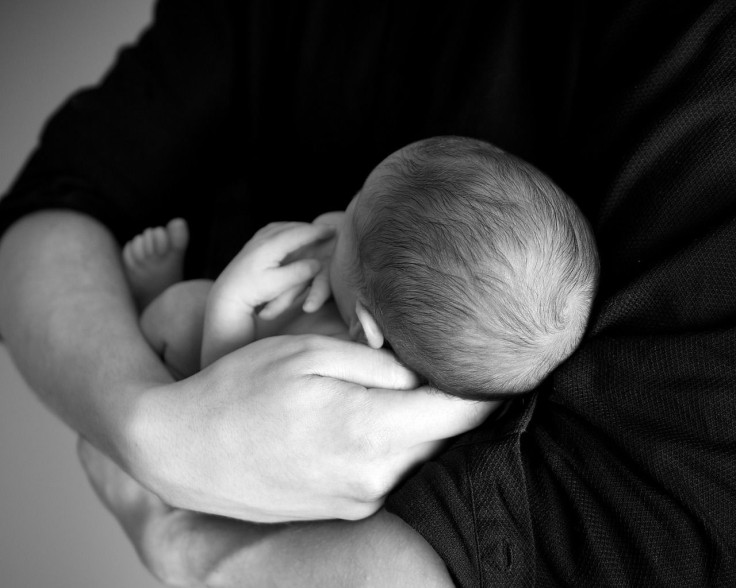Childhood Obesity Can Be Predicted As Early As 6 Months; Changes Could Be Made To Medical Rules

Childhood obesity is an epidemic that is sweeping the globe. Worldwide, there are currently 41 million children under the age of five who are obese or overweight, and this number has increased by 10 million since 1990. In the United States alone, childhood obesity rates have doubled in the last 30 years.
There isn’t one sole cause for childhood obesity, and contributing factors include everything from genetics and pregnancy habits to household income and the number of hours of TV children watch. One major cause of childhood obesity, however, often gets overlooked, and that is parents' inability to recognize their child’s weight problems. In a study conducted by the London School of Hygiene and Tropical medicine, researchers discovered that 31 percent of parents are unable to properly identify the range in which their child’s weight falls.
If parents are unable to identify when their children are overweight, one possible solution to reducing rates of childhood obesity is to improve obesity testing in the doctor’s offices and clinics. Children under the age of 2 are not currently tested for future risk of obesity, but a new study, which was presented at the National Endocrine Society meeting in Boston on April 1, suggests this policy should change. The researchers argued that measuring children's’ BMI at an earlier age may serve as an effective way to better prevent obesity for those at risk.
"It's not currently recommended to measure BMI in children under the age of 2, but we say it should be because we now know it predicts obesity risk later," said Dr. Allison Smego, a fellow in the division of Endocrinology at Cincinnati Children's Hospital Center and the study’s lead author, in a press release.
Body mass index (BMI) is a value calculated from patients' height and weight, and it is used to assess whether their weight is healthy. Though a person’s BMI is not a good indicator of overall health when used alone, the figure can be helpful for evaluating a child’s weight.
"Pediatricians can identify high-risk infants with BMI above the 85th percentile and focus additional counseling and education regarding healthy lifestyles toward the families of these children,” Smego said. “Our hope in using this tool is that we can prevent obesity in early childhood."
For their study, Smego and colleagues studied the BMI trajectories of a group of 1,263 children over a period of six years. Of the children, 783 were considered lean and 480 were severely obese and referred to specialized care at Cincinnati Children's Hospital Center. From the children’s electronic health records, the researchers observed that the BMI trajectories of the two groups of children began to diverge when they were as young as 4 months old. The researchers suggest medical professionals test, however, at 6 months.
These changes were also observed in a second sample of children from a pediatric clinic in Denver, suggesting it may be beneficial to begin testing for childhood obesity at a much younger age than we do now,
Smego concluded: "These children have a high lifetime risk for persistent obesity and metabolic disease and should be monitored closely at a very young age.”
Source: Smego A, et al. At the National Endocrine Society Meeting. 2016.



























